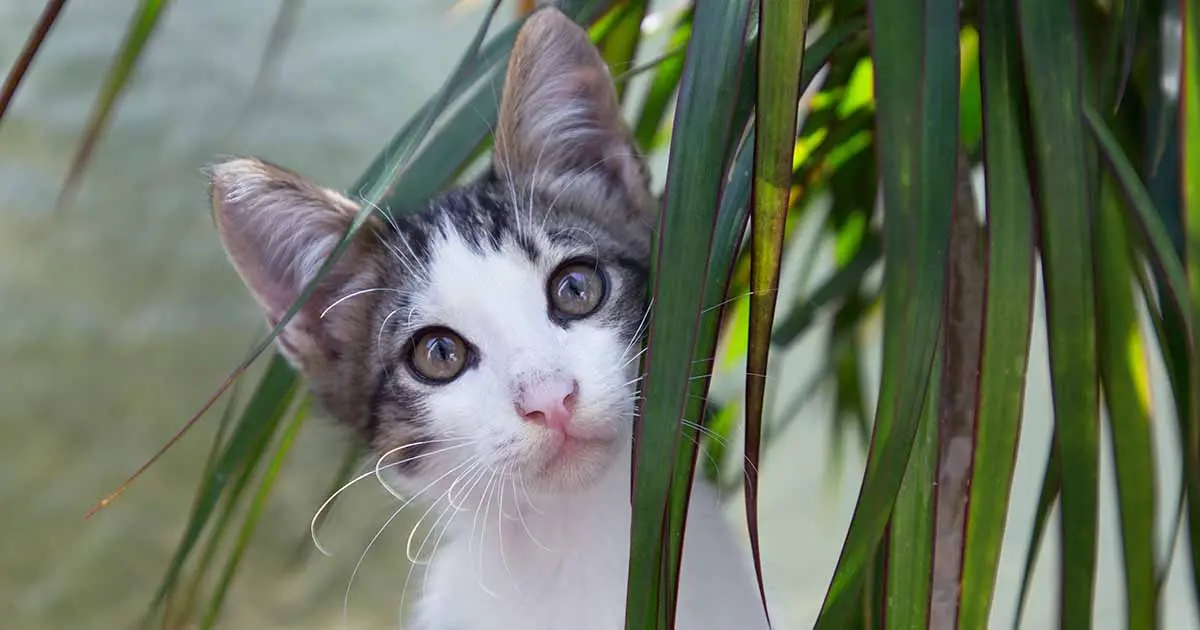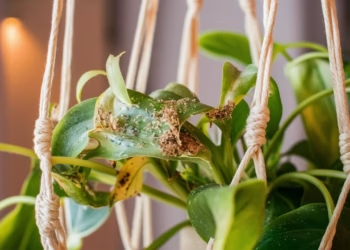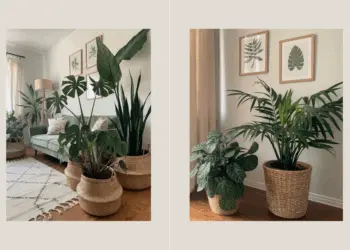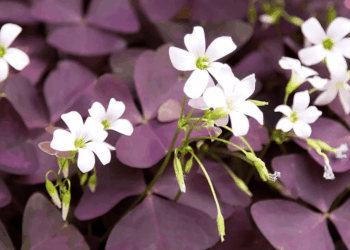Is dracaena toxic to cats? This question has puzzled many pet owners, and rightly so! Dracaena, with its lush foliage and vibrant colors, often finds its way into homes as a popular decorative plant. But what happens if your curious feline decides to take a nibble? In this comprehensive guide, we’ll delve into the depths of dracaena toxicity, exploring the symptoms of dracaena poisoning in pets, effective treatment options, and the nurturing care your beloved companion may need to bounce back to health.
Table Of Contents
Dracaena Toxicity: Fact or Fiction?
So, is dracaena toxic to cats? The answer is a resounding yes! Dracaena plants contain saponins, which are toxic compounds that can cause adverse effects in cats when ingested. These toxins primarily affect the gastrointestinal system and can lead to a range of symptoms, from mild discomfort to severe illness.
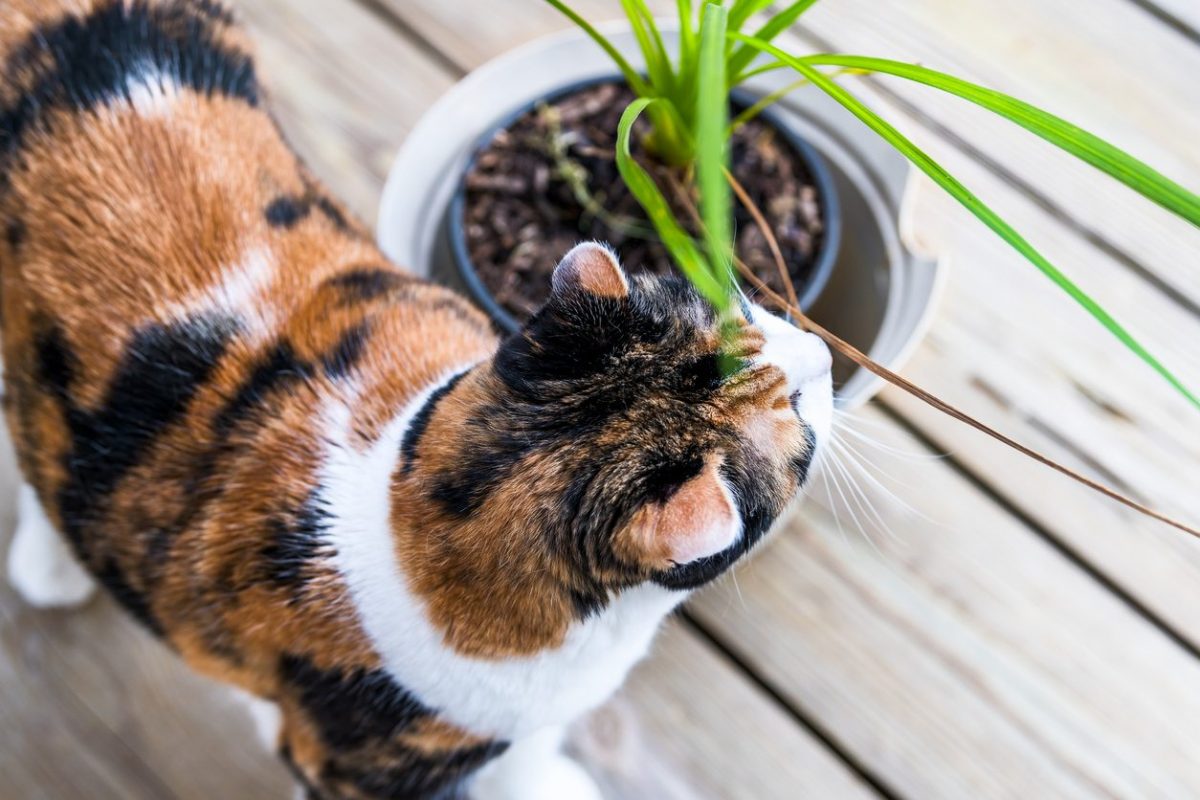
Understanding Dracaena Poisoning
The Dracaena genus encompasses a variety of plant species commonly cultivated as houseplants for their ornamental appeal. However, despite their aesthetic charm, all members of this genus possess a level of toxicity that can pose a threat to the health of your pets. Whether it’s the leaves, stems, bark, or roots, ingestion of any part of the dracaena plant can lead to adverse effects in cats and dogs.
Identifying the Culprit: Saponins
The primary toxic component responsible for the harmful effects of dracaena ingestion is saponin. Derived from the Latin word “sapon,” meaning soap, saponins exhibit foaming properties when mixed with water. This chemical compound acts as a deterrent to pests but can induce distressing symptoms in animals upon ingestion.
Dracaena plants contain various types of saponins, each with differing levels of toxicity. While some saponins may cause severe illness, others may elicit milder reactions. It’s crucial to recognize the potential dangers associated with these compounds and take proactive measures to prevent accidental ingestion by pets.
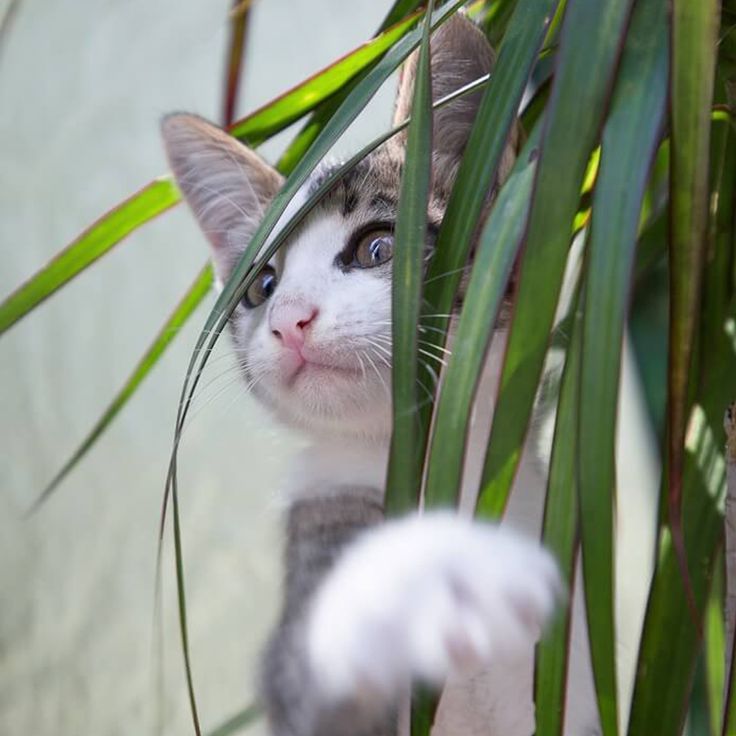
Symptoms of Dracaena Poisoning in Cats
Recognizing the signs of dracaena poisoning is crucial for prompt intervention and treatment. Here are some common symptoms to watch out for:
- Vomiting
- Diarrhea
- Drooling
- Loss of appetite
- Lethargy
- Weakness
- Abdominal pain
If you suspect that your cat has ingested dracaena or is exhibiting any of these symptoms, it’s essential to seek veterinary care immediately.
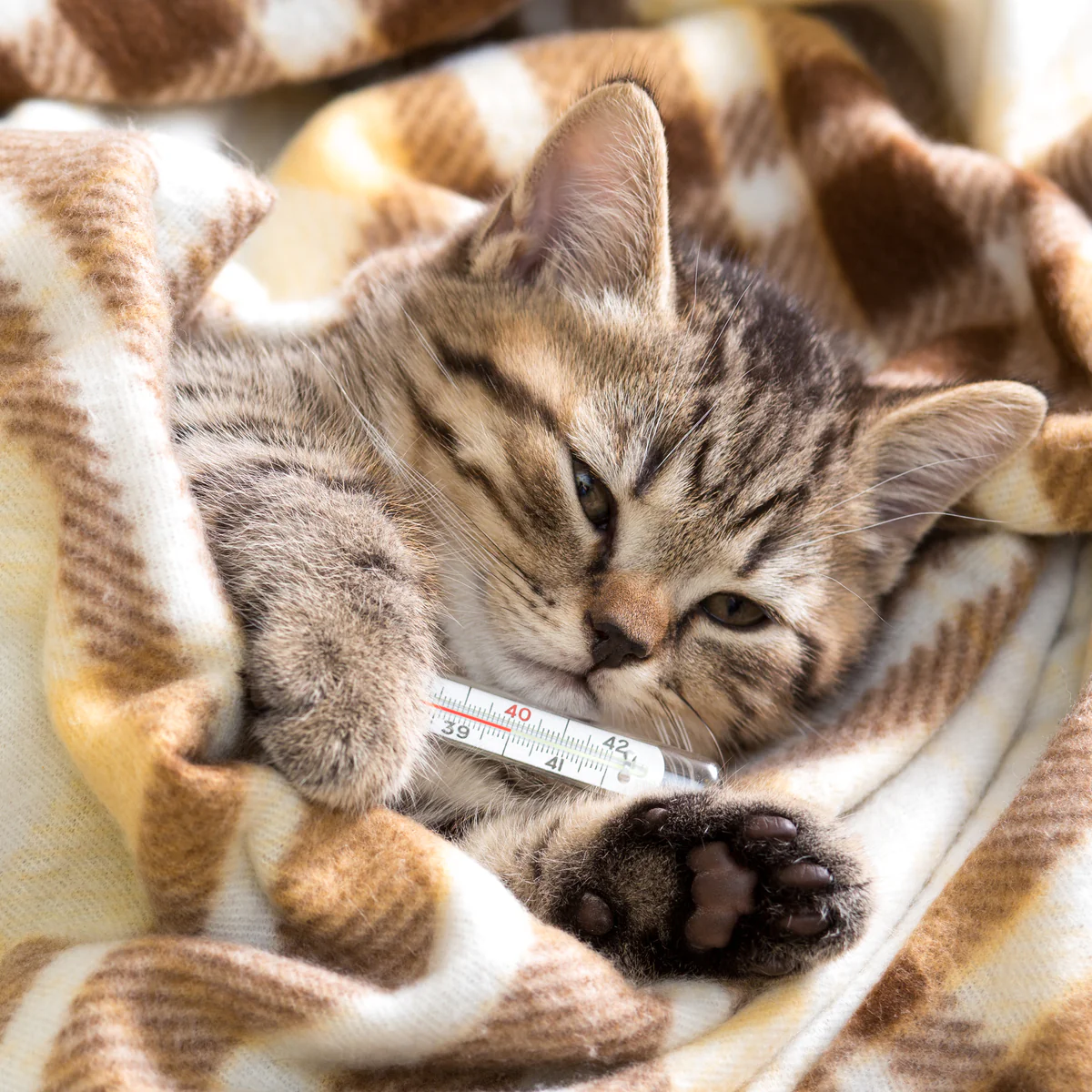
Treatment Options
When it comes to treating dracaena poisoning in cats, early intervention is key. Your veterinarian may recommend the following treatment options:
- Inducing Vomiting: If ingestion has occurred recently, your vet may induce vomiting to remove the plant material from your cat’s system.
- Fluid Therapy: Intravenous fluids may be administered to prevent dehydration and flush out toxins from the body.
- Medication: Antiemetics to control vomiting, gastric protectants to soothe the stomach lining, and supportive care to address any secondary symptoms may be prescribed.
- Monitoring: Your cat may need to be closely monitored for any complications or changes in condition during the recovery process.
Road to Recovery
Recovering from dracaena poisoning can be a challenging journey for your feline companion. Here’s how you can provide the nurturing care your pet needs for a smooth recovery:
- Isolation: Keep your cat in a quiet, comfortable environment away from other pets to minimize stress.
- Hydration: Ensure that your cat has access to fresh water at all times to prevent dehydration.
- Nutrition: Offer bland, easily digestible food to entice your cat to eat. Consult with your veterinarian for dietary recommendations.
- Medication Adherence: Administer any prescribed medications as directed by your vet, and attend follow-up appointments for monitoring and assessment.
- TLC (Tender Loving Care): Shower your furry friend with love, attention, and gentle cuddles to reassure them during this challenging time.
Your Pet May Need Some Nurturing
Remember, every cat is unique, and their recovery journey may vary. Some pets may bounce back quickly with proper treatment and care, while others may require more time and attention. Be patient and supportive, and always consult with your veterinarian if you have any concerns or questions along the way.
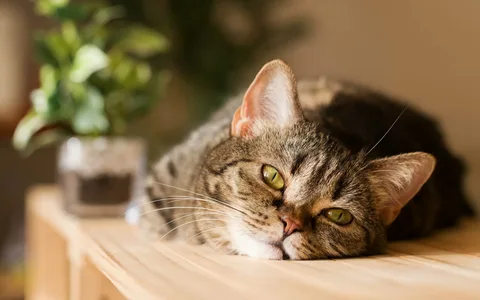
Preventive Measures
Prevention is the cornerstone of pet safety. To minimize the risk of dracaena poisoning, consider implementing the following preventive strategies:
- Selecting pet-friendly houseplants
- Placing toxic plants out of reach
- Educating yourself and family members about potential hazards
- Supervising pets in indoor and outdoor environments
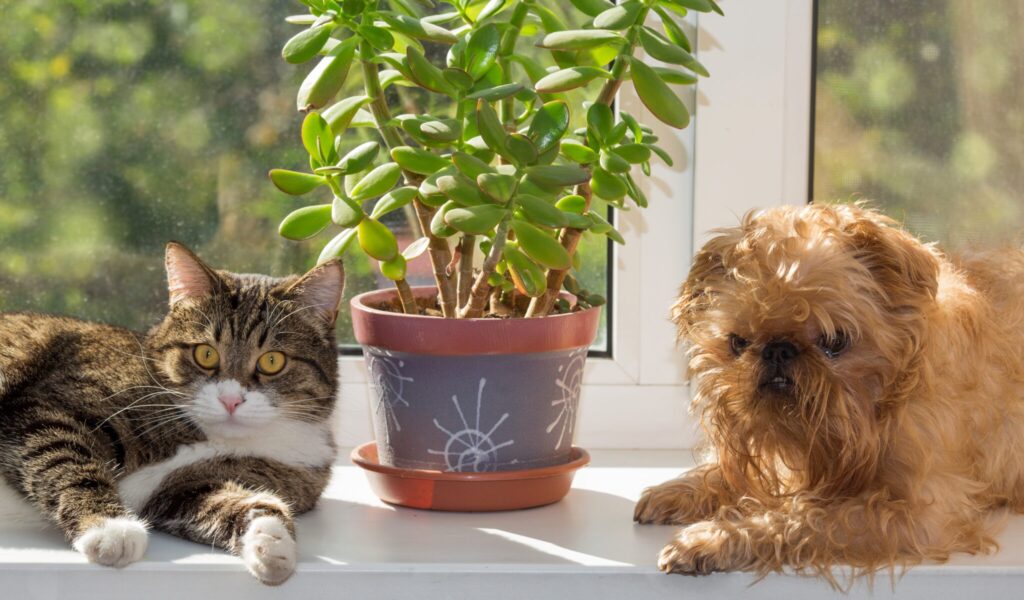
In conclusion, the question “Is dracaena toxic to cats?” is one that pet owners should take seriously. With its potential to cause harmful effects on our beloved feline companions, it’s essential to be proactive in preventing dracaena poisoning and recognizing the symptoms early on. By understanding the dangers posed by this common household plant and providing prompt veterinary care, you can ensure the safety and well-being of your furry friend. Remember, when it comes to your pet’s health, knowledge and vigilance are key!
FAQs
What happens if my cat eats a Dracaena?
If a cat eats a Dracaena plant, it can lead to symptoms of toxicity. Dracaena plants contain compounds called saponins, which are toxic to cats. Ingestion of Dracaena can cause symptoms such as vomiting, drooling, loss of appetite, lethargy, and dilated pupils. In severe cases, ingestion can lead to gastrointestinal upset, difficulty breathing, and kidney failure.
How do you keep cats away from Dracaena?
You can keep cats away from Dracaena plants by:
- Placing physical barriers like tall plant stands or shelves.
- Providing alternative cat-friendly plants like cat grass or catnip.
- Using deterrents like citrus peels or commercial cat repellents.
- Training your cat with positive reinforcement techniques to avoid the Dracaena plants.
Is Dracaena bamboo toxic to cats?
Dracaena bamboo is not considered toxic to cats. However, ingestion of large amounts may still cause gastrointestinal upset in cats. t’s a Dracaena, D. sandersonii and all the Dracaenas are toxic to dogs and cats.
Is Dracaena Trifasciata toxic to cats?
Yes, Dracaena Trifasciata, also known as snake plant or mother-in-law’s tongue, is toxic to cats. Ingestion of Dracaena Trifasciata can cause symptoms of toxicity such as vomiting, diarrhea, and lethargy in cats.
What happens if my cat eats bamboo leaves?
If a cat eats bamboo leaves, it may experience mild gastrointestinal upset, such as vomiting or diarrhea. However, bamboo leaves are generally not considered highly toxic to cats.
Are cacti toxic to cats?
Cacti can be toxic to cats if ingested, particularly the spines or thorns. Ingestion of cactus spines can cause irritation, vomiting, diarrhea, and gastrointestinal blockages in cats. Therefore, it’s essential to keep cacti out of reach of cats and monitor them closely if they are exposed to cacti.
